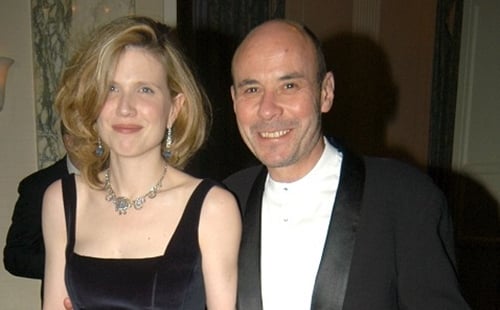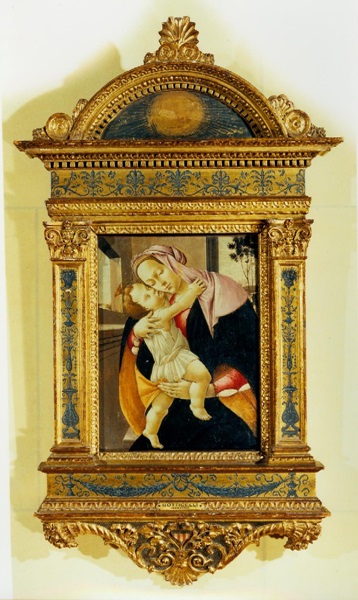Art & Exhibitions
Seven Year Legal Battle Returns Seized $10 Million Botticelli Painting
The painting was seized during a raid by federal marshals.

The painting was seized during a raid by federal marshals.

Eileen Kinsella

Following a seven-year legal battle over a Sandro Botticelli painting Madonna and Child (1485) that was caught up in the collapse and ensuing bankruptcy proceedings of Salander-O’Reilly Galleries, rulings by two New York judges last month have resulted in the painting—worth an estimated $10 million—being returned to its rightful owner, Panama-based Kraken Investments.
Ronald Fuhrer, a Tel Aviv-based dealer and advisor to Kraken, confirmed to Artnet News that he had retrieved the painting on behalf of the investment firm yesterday (December 8). At various times, it looked as though the painting would be classified for legal purposes as gallery collateral and thus one of the assets that should be sold to repay creditors, despite the owners insistence that it had merely been loaned for a show.
Fuhrer told artnet News, “this landmark case will help so that in the future, a consignor who cannot spend $2 million on litigation and seven years in court,” will not have to do so, as Kraken did, to get their work back.

Sandro Botticelli Madonna and Child (1485) Photo: Courtesy Kraken Investments, Panama
The case dates back seven years to when the painting was supposed to be displayed at a 2007 exhibition at Salander-O’Reilly titled “Masterpieces of Art: Five Centuries of Painting and Sculpture.” However, just a few days prior to the planned October opening, federal marshals raided the luxurious Upper East Side space that housed the gallery, seizing artworks and padlocking the doors amid numerous competing claims against owner Lawrence Salander. The gallery has remained shuttered ever since and Salander is serving out a six-to 18-year prison sentence after pleading guilty to 29 counts of felony fraud. He stole from high-profile gallery clients including tennis pro John McEnroe, actor Robert de Niro, and Earl Davis, the son of American modernist painter Stuart Davis. The latter of whom was hit especially hard and lost tens of millions of dollars through Salander’s unauthorized sales of his father’s work.
In the ensuing legal mess, banks that had loaned money to Salander, collectors who had loaned works to the gallery show or consigned works to Salander, as well as those who had simply stored works with him unaware that he would sell them without permission, were forced to fight in court for property or money they claimed they were owed. At times, the case proved an unprecedented test of the law and even of bankruptcy law with respect to rightful ownership of property and how debtors in such cases are prioritized. A major part of the problem was that despite so many valuable assets, the estate was left with little cash after the massive fraud.
Admission to Pocketing Profits
Salander ultimately admitted to pocketing profits from the sale of art that he did not own, and to selling the same piece three times or more. He spent lavishly on dozens of Renaissance artworks, homes, jewelry, rare books, carpets, and furniture. Much of this material was caught up in the bankruptcy inventory and eventually sold off in various auctions though the sums amassed paled in comparison to the debts he had racked up.
Back in the mid-2000’s when Salander moved the gallery to the ornate palatial townhouse where his scheme finally crashed, he told one visitor to the opening night party: “I’m either going to make a killing, or it’s going to kill me.”
The two court rulings were made in November (on the 6th and 25th respectively). The first, by Judge Cecelia G. Morris, found that the Liquidation Trustee “failed to meet its burden of proof by demonstrating that Salander was not generally known by its creditors to be substantially engaged in the selling of goods of others.” More importantly, in the second ruling, Judge Vincent L. Bricetti held that a loan agreement between the First Republic Bank and the gallery clearly excluded “non-owned inventory” from the definition of collateral in the loan agreement.
Asked what the plans for the Botticelli painting are now that the work has been retrieved, Fuhrer told artnet News: “I don’t know what Kraken will do, it’s up to the trustees to make make a decision. My advice would be to try to sell it. If a painting gives you such trouble—in this case such unheard of trouble—that means that it wants to go away, maybe it’s not supposed to be.”